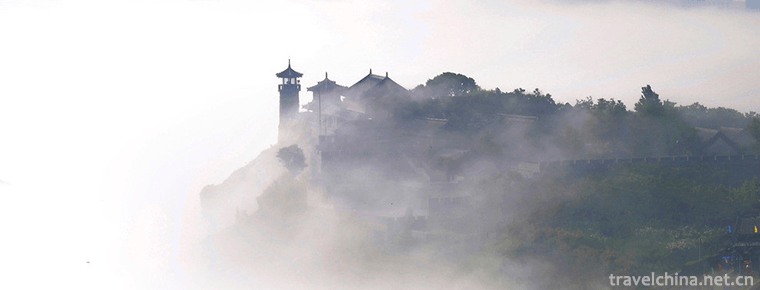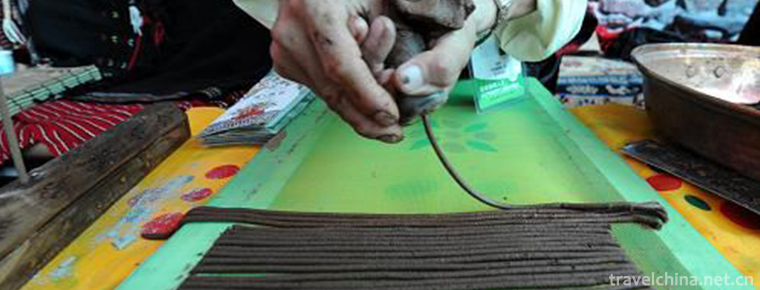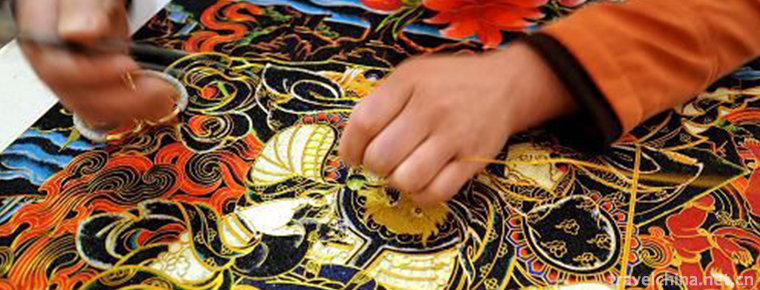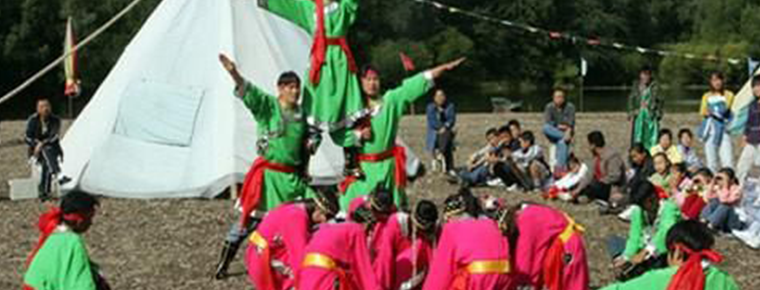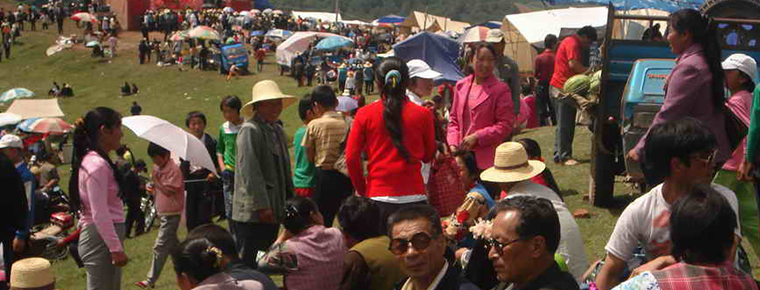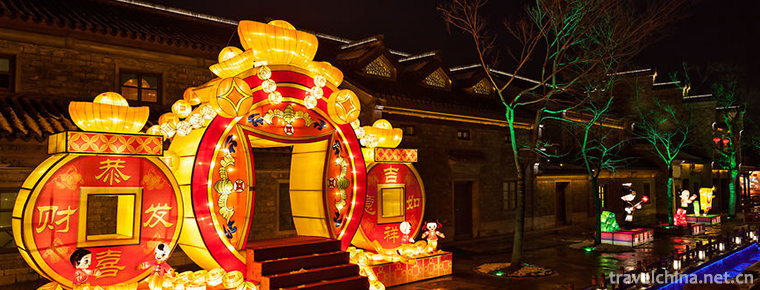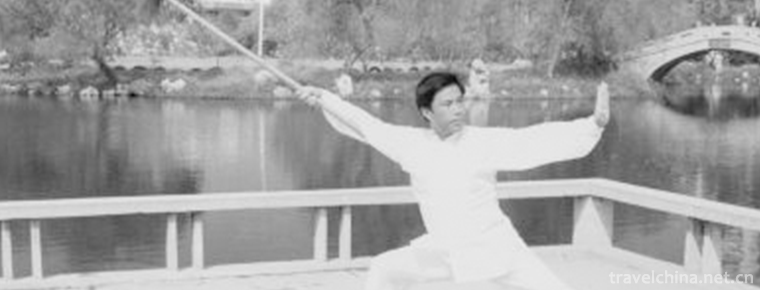qingdao olympic sailing center
qingdao olympic sailing center
Qingdao Olympic Sailing Center Scenic Spot is located in Fushan Bay, Qingdao City, and Qingdao's landmark scenic spot - May 4th Square offshore, covering an area of about 45 hectares. It is the venue for the 2008 Beijing Olympic Sailing Competition and the 29th Paralympic Sailing Competition. The Olympic Sailing Center Scenic Spot is the only "National Coastal Tourism and Leisure Demonstration Zone" in China.
Qingdao is known as "the capital of sailing boats". As the scenic spot that best reflects Qingdao's urban characteristics and city image, the Olympic Sailing Center scenic spot not only has the elegance of flying sails, but also has ten old scenic spots of Qingdao representing Yandao Autumn Tide, a new era of Qingdao landscape gull flying rainbow, and many thrilling entertainment experiences. It is a must-see scenic spot for tourists to come to Qingdao.
Scenic Spots
The Ouxiang Rainbow
Qingdao New Era Landscape Representative, the landmark ornamental spot of gull appreciation. Qingdao has the reputation of "Eastern China Migratory Bird Station". Every year, there are more than 100,000 seagulls coming to the island city for winter. Qingdao has carried out the "Operation to Retain Seagulls" for 20 years, which has increased the number of seagulls from 2000 to more than 100,000. It has become a new era landscape in Qingdao. On the rainbow bridge in the early morning, the blue sea sky, the seagulls flying, and the human gulls playing each other are beautiful!
A Blessing Lighthouse
The origin of the name of the prayer tower is that Qingdao people, who have been occupied by foreign enemies for many times, yearn for a peaceful and peaceful life. When the tower was first built, it mainly illuminated the way for fishermen to go home at night. Because the lighthouse stands in the sea and looks at the Taiping Mountain, it is more like the goddess of the sea praying for the peace of Qingdao people, so it was named the prayer lighthouse. The tower was rebuilt in 2006, 20.08 meters high, meaning the 2008 Olympic Games. It is also the coordinate of Qingdao Station for the large international sailing events (Cliber, International Limits, Volvo, etc.). However, people still hope that the city government and the Lighthouse of Qingdao Financial Center can continue to pray for the political and economic prosperity and development of Qingdao City.
Autumn Tide of Yandao
"Yandao Autumn Tide" is one of the ten old sceneries in Qingdao. Yaner Island stands out in the sea, and there are cliffs. Every autumn, the wind and waves are high and impact the cliffs, causing high waves to spew like snow. In the golden autumn season, whenever the south wind is strong and the astronomical tide is high, the ear-shaking sound of the waves can be heard in the distance. Before approaching, the waves are surging and rolling like ten thousand horses, the scene is very spectacular and amazing.
Walking in Valentine's Dam
The Olympic Sail Valentine's Dam is the Main Breakwater of the Olympic Sail Center. In the post-Olympic period, the municipal government devotes itself to the construction of the Valentine's Dam and a bar street in view of the pure scenery of walking here. When the lover strolls here, he can feel the uniqueness of the sea and sky, the romance of the blue sky and white tower, and the spectacular scene of the Olympic Sail Competition venue "thousands of sails, hundreds of rivalries". "Walk hand in hand through the Valentine's Dam, no matter how stormy it is!"
Olympic Humanistic Landscape Area
Charming Maritime Theatre
Spray and style outline China's first maritime theatre, known as "China's Sydney Opera House". The theatre uses high-tech means such as water curtain landscape, laser art, music fountain, sea music fireworks and city night scene brightening to create a large-scale live performance with Qingdao characteristics. The Maritime Theatre Dam is the starting point of the Chinese Navy's parade-style sea voyage. Most of the Chinese people stand at this dock to review the style and strength of the Chinese Navy.
Olympic Sail Museum
One of the three major Olympic museums in China. "Olympic Gallery, Sailing World, Award Presentation Stage" is the three major themes that can not be missed in the Olympic Sailing Museum. The Olympic Sailing Museum takes Olympic Sailing and Olympic Sailing Culture as its main line, and uses modern display means to form a large-scale national thematic museum with the interaction of indoor exhibitions and outdoor scenes.
Windbell Flag Array
The square set up by the flag of all countries at Gate 2 of the Olympic Sailing Center is the Flag Matrix Square, where the flags of all participating countries hang, symbolizing world friendship and peace, "One World, One Dream". There is also a five-ring sculpture with a three-dimensional sense, which symbolizes that athletes from all countries are motivated by the spirit of the Olympic Games, constantly making progress and winning good results. Stopping in the square, you can hear the wind bell burst, also known as the wind bell flag burst. In summer, the wind is fresh and cool. Listening to its sound can make people calm and refreshing. Experience the unique of Qingdao Olympic Sail by auditory way. Listen carefully to the voice of the wind bell. If you can hear a good rhythm, it will be good luck (rhyme).
Olympic Torch Dam
The sculpture stands at the end of the Olympic Memorial Wall pier 100 meters east of the entrance 1 of the Olympic Sailing Center. In the 2008 Olympic Sailing Competition, the torch of Paralympic Sailing Competition was burned in Qingdao, which was the torch ignited by the Olympic Sailing Competition at that time. The giant sculpture of the Olympic rings on the back is the most obvious and classical manifestation. The rings are located on the wharf deep in the sea and are the best place to commemorate the Olympic Games across the sea from the May 4th Square.











-
Penglaige tourist area
Penglaige Scenic Area, located in Danya Mountain, northwest of Penglai City, Shandong Province, is a national AAAAA-level tourist attraction with an area of 18,500 square meters.
Views: 104 Time 2018-12-08 -
Yeliguan Scenic Area
Yeliguan Scenic Area is located in Lintan County, with Yeliguan of Lintan County as the center. It is divided into four scenic areas: Lianhuashan, Xixia, Dongxia and Yehai Lake..
Views: 155 Time 2018-12-26 -
Mudan River Side Wall
The Mudanjiang Side Wall was built in the Tang Dynasty, presumably at the junction of Mudanjiang City in Heilongjiang Province and the northeast of Hailin County. .
Views: 286 Time 2019-02-07 -
rime island
Wuluo Island, an island on the Songhua River, is located in the Manchu town of Ura Street, Longtan District, Jilin Province. The villages of Hantun and Zeng Tongtun in Manchu Town of Ura Street are th.
Views: 185 Time 2019-02-25 -
Tibetan Fragrance Production Techniques
Tibetan incense is a rare "Tianmu" in the snow-covered mountains of Tibet. There are many records in Buddhist sutras. Tianmuxiang is the top-grade offering of Buddhist rites and buddhism..
Views: 175 Time 2019-04-05 -
Weaving Techniques of Tibetan Bangdan and Kapa
The woolen apron commonly used by Tibetan people is called "Bangdian" in Tibetan, which has the functions of decoration and cold resistance. Jiedexiu Town, Gongga County, Shannan District, T.
Views: 162 Time 2019-04-05 -
Heap harmonics
"Heap Harmony" first spread in the Yarlung Zangbo River Basin, the high terrain west of Shigaze to the whole area of Ali circle dance, and later gradually prevailed in Lhasa. It was the firs.
Views: 95 Time 2019-04-28 -
Gulunmu Festival of Oroqen Nationality
The Oroqen ethnic group is one of the minorities with a small population in China. Since ancient times, it has multiplied and lived in the deep forest of Heilongjiang Valley and Xing'an Mountains.
Views: 147 Time 2019-04-28 -
Flower Huaer
"Huaer" is a folk song created and shared by Han, Hui, Tibetan, Dongxiang, Baoan, Sarah, Tu, Yugu and Mongolian nationalities in Gansu, Qinghai and Ningxia provinces in Northwest China..
Views: 121 Time 2019-05-04 -
Qinhuai Lantern Festival
Qinhuai Lantern Festival, also known as Jinling Lantern Festival and Confucius Temple Lantern Festival, is a popular folk cultural activity in Nanjing. It is mainly held from Spring Festival to Lanter.
Views: 147 Time 2019-06-10 -
Yuejiaquan
Yuejiaquan is one of the traditional Chinese boxing which has been handed down completely in China. It was founded by Yue Fei, a national hero, according to his own learning and combating with the ene.
Views: 152 Time 2019-07-16 -
Guangan hydrology
There are two main streams of Jialing River and Qujiang River in Guang'an City. There are more than 700 large and small rivers and streams. There are 35 primary and secondary tributaries with a drainage area of more than 50 square kilometers. Among the.
Views: 325 Time 2020-12-19
